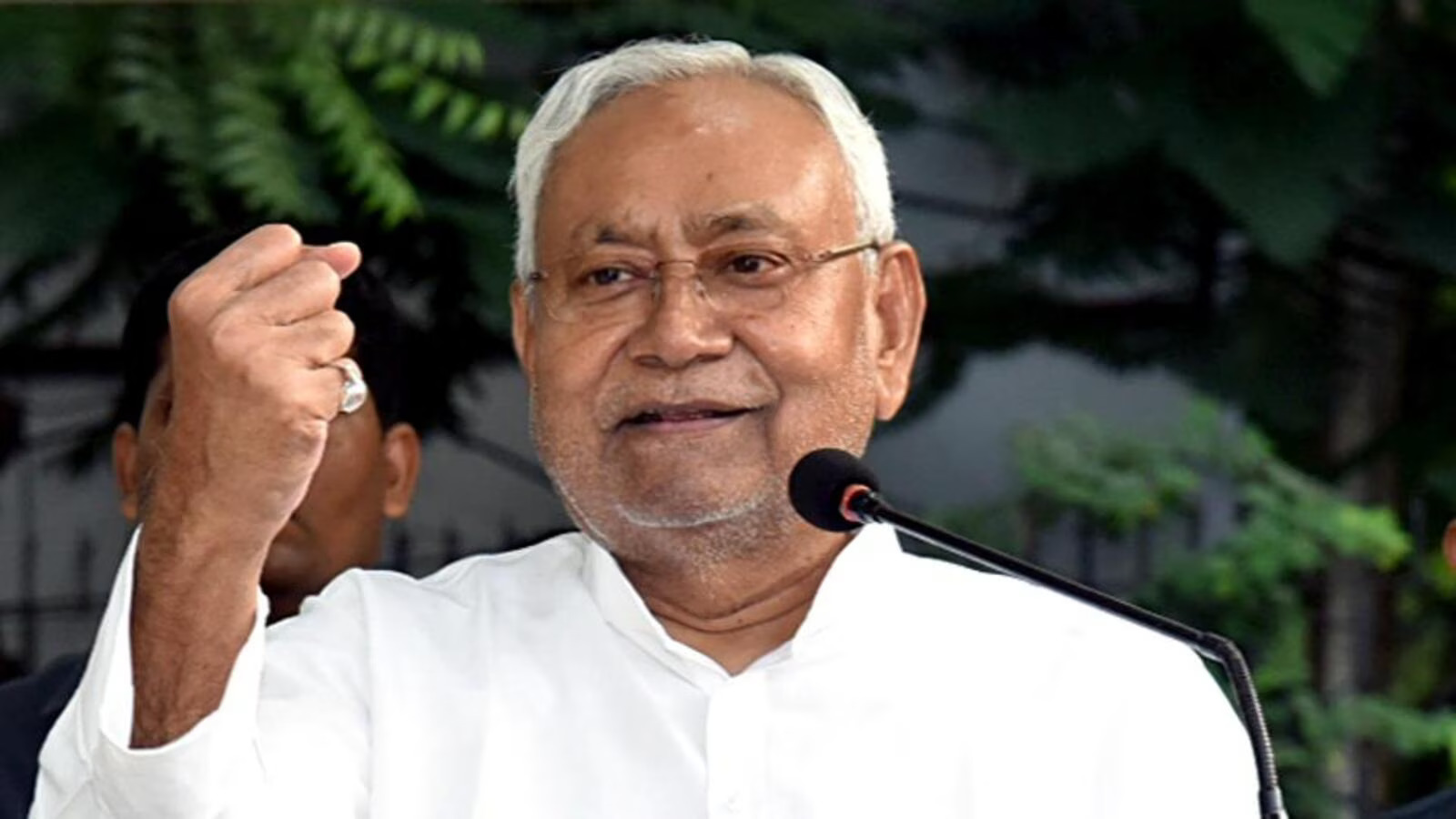

In a strategic move with significant political implications, Nitish Kumar, Bihar’s OBC Chief Minister and leader of the Janata Dal (United), is set to roll out rallies in key constituencies across Uttar Pradesh (UP) from the New Year. The choice of locations, including Varanasi, Gorakhpur, Azamgarh, and Prayagraj, reflects a deliberate targeting of areas with a substantial Dalit and OBC presence.
Nitish Kumar potential entry into UP’s political landscape is seen as a pre-election maneuver, aiming to sustain speculation about his contesting the 2024 Lok Sabha polls from the crucial Phulpur constituency. As the BJP, under Chief Minister Yogi Adityanath, appears confident after two consecutive terms in UP, Kumar’s rallies also serve to disrupt this confidence and create a dynamic political environment.
Amidst this, the political landscape for the Congress seems to be shifting, evident from the Janata Dal (United) general secretary KC Tyagi’s assertion that no single party should assume sole responsibility for countering the BJP. The nuanced message from Kumar’s rallies extends to the Congress, urging them to acknowledge and accommodate regional players, particularly in states like UP where the party’s influence has waned.
Tyagi emphasized the need for opposition parties, including the Congress, to recognize the pivotal role of regional players like Samajwadi Party, JD (U), RJD, DMK, TMC, Shiv Sena, and NCP in their respective states. The overarching goal appears to be building a collaborative opposition, even as individual parties continue to strengthen their political footholds.
The rallies are anticipated to primarily feature the JD (U) platform, harking back to its historical presence in UP during the united Janata Dal era. Tyagi clarified that while joint opposition rallies might occur, each party would continue its efforts to expand its political reach.
Kumar’s strategic choice of locations aligns with efforts to woo the Kurmi community, one of the largest non-Yadav OBC groups. The move aims to tap into the influence of nearly 8 percent of Kurmis, potentially impacting outcomes in approximately 12 Lok Sabha seats in the state.
As political dynamics unfold, the Congress, which recently revamped its UP committee with a focus on OBCs and Dalits, finds itself navigating the evolving landscape. Nitish Kumar’s foray into UP politics signals a shift in the opposition narrative, urging parties to collaborate strategically while maintaining their individual political pursuits. The impact of these rallies and the subsequent political developments will undoubtedly shape the contours of UP’s political landscape in the run-up to the 2024 elections.